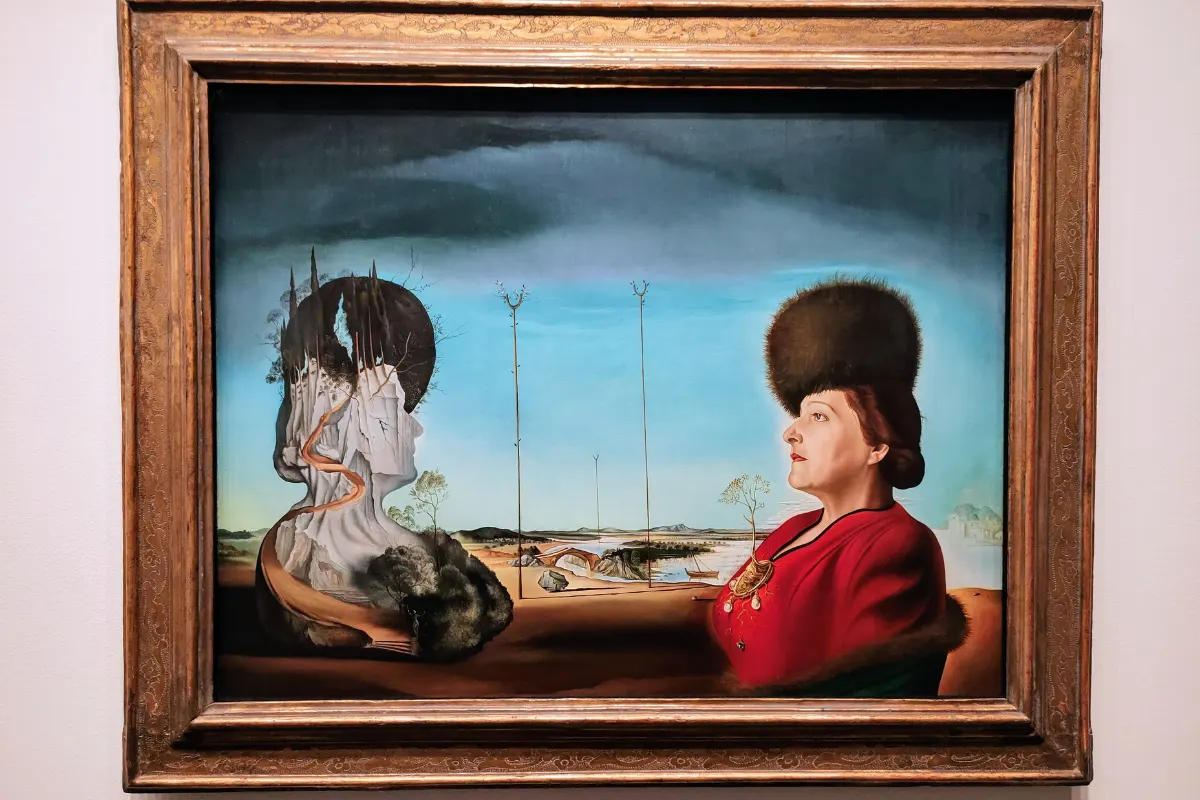
As I Lay Dying | A revolutionary literary style
Author
Year
Format
Published in 1930, As I Lay Dying is a monument of Southern Gothic fiction by the American Nobel Prize-winning writer William Faulkner. It is his most famous work, along with The Sound and the Fury, and leading critics consider it one of the best novels of the twentieth century. The plot centers around the picaresque road trip made by the Bundren family to bury their mother, as per her wishes, in Jefferson, Mississippi. Fifty-nine chapters make up the book’s structure, representing the point of view of fifteen different characters. Through this formal innovation, Faulkner shows himself capable of exploiting a revolutionary literary style. Every character gives the story a different shape, thus laying a new brick to the book’s structure.
This novel contributed to laying the foundations of Modernism, an artistic movement born in the first decades of the 20th century. Modernist writers wanted to innovate ongoing literary techniques. Virginia Woolf, James Joyce, Juan Rulfo, Robert Musil, and Malcolm Lowry are members of this cultural movement.
From Hades to Jefferson
Faulkner takes the title As I Lay Dying from Homer’s Odyssey, Book XI. It is a sentence that Agamemnon tells Odysseus about his descent into Hades, referring to his own death. In Faulkner’s novel, the death is that of Annie Bundren. Annie is the wife of Anse Bundren and the mother of Cash, Jewell, Darl, Dewey Dell, and Vardaman, whom all act as narrators more than once from their point of view in the different chapters of the book. The Bundren family as a unit is the unique, authentic, polymorphous character of the novel.
The plot tells the journey of the Bundren family from the countryside to Jefferson. If considered metaphorically, the novel’s title suggests that the Bundren family is going from Hades to Jefferson, representing a passage from sorrow to something new. In fact, the journey is organized by Mr. Bundren to bury the body of his wife because of a promise he has to keep. But at the end of the book, the cycle will open again.
During the journey, the reader understands the relationship between the characters. Faulkner, dealing with a recurrent theme in American novels, represents the secrets of a family, digging into the hidden grief inside each character’s soul. For example, the reader discovers that Dewy Dell, the only daughter of the family, is pregnant.
A revolutionary literary style
In the history of American literature, Faulkner’s style is frequently counterpointed with that of Hemingway. In fact, Hemingway is famous for his dry and naturalistic way of writing. On the other hand, Faulkner is interested in reconstructing language, creating a specific tone of voice for each figure. His writing is simultaneously symbolic and realistic, tending to distort reality. In a 1960 conference, Flannery O’Connor defined this style as grotesque.
From this point of view, Faulkner considered his literary models to be Joseph Conrad, Fyodor Dostoevskij, Melville, Turgenev, and Flaubert. He was able to represent these authors’ themes in a new way. For example, “My mother is a fish” is the single sentence that forms Chapter 19. Vardaman, the youngest son of the family, recounts the sentence after the coffin of his mother has gone into a river.
Other contemporary writers adopt this innovation. For example, Roberto Bolaño’s novels take on a similar structure. Also, George R.R. Martin’s A Song of Ice and Fire – from which the award-winning TV show Game of Thrones is derived – shows different voices telling the story.
This technique of fragmenting the narrator is comparable to artistic vanguards, such as Cubism. Also, Cubist painters used to break down an image to compose it in a new way.
Yoknapathawa, a condensed America
This fictional setting of the county of Yoknapathawa is a recurring element in Faulkner’s oeuvres, appearing as scenery in fifteen of his novels. In Yoknahualpa – just as Lowry in Under the Volcano does in Mexico – he wanted to represent a condensed image of life in the South of the United States. Here he saw the presence of violence, ignorance, and sacredness. The novel is full of sacred symbols and images. In chapter 19, the fish represents both the mother and a symbol of Christ and resurrection. For this symbolic power, which also appears through the presence of fire, the journey of the Bundren family can be paralleled to that of Alvin Straight in The Straight Story (1999), David Lynch’s movie inspired by a true story and set in Iowa.
As I Lay Dying‘s fortune
Despite William Faulkner’s standing today, he achieved public acclaim as an essential author only after 1946. In that year, the American editor Malcolm Cowley published an anthology of Faulkner’s writings, The Portable Faulkner.
Harold Bloom, the seminal American literary critic, put Faulkner among 26 writers he discussed in his 1994 gem of literary criticism The Western Canon: The Books and School of the Ages, and he has defined As I Lay Dying as the most original novel ever written by an American.
Faulkner’s style has built a legacy: nowadays, every fiction writer must consider his way of telling a story.
Tag
Buy a ☕ for Hypercritic









